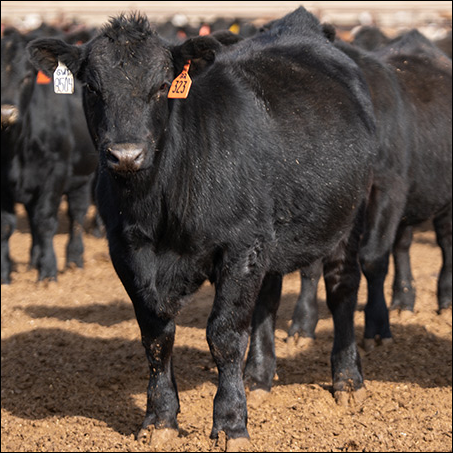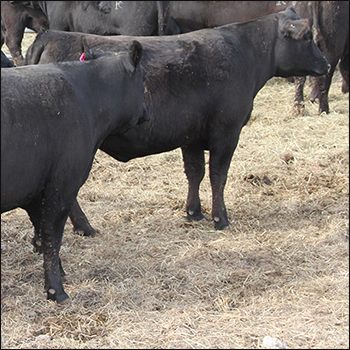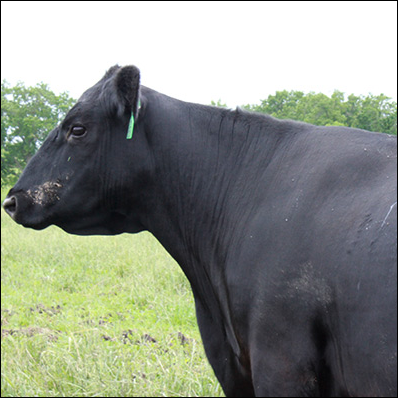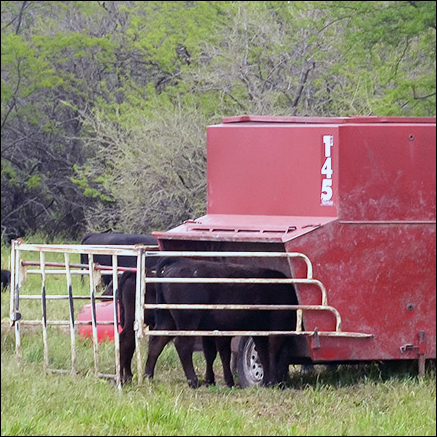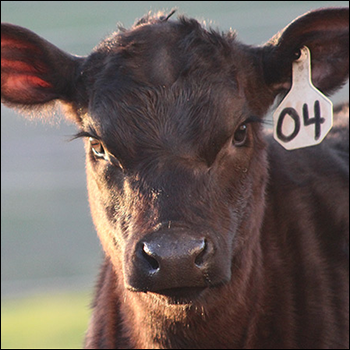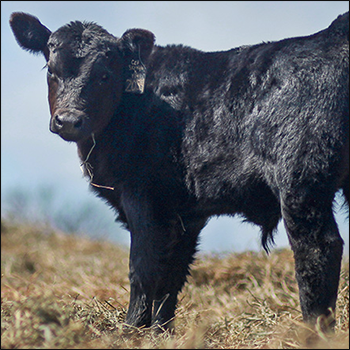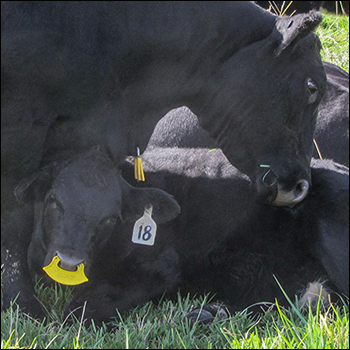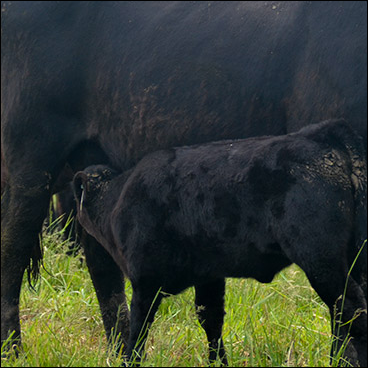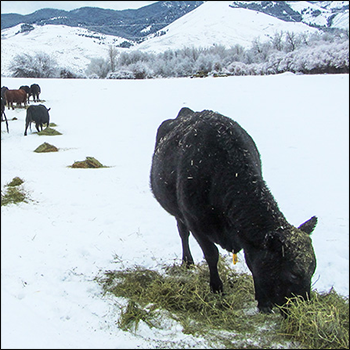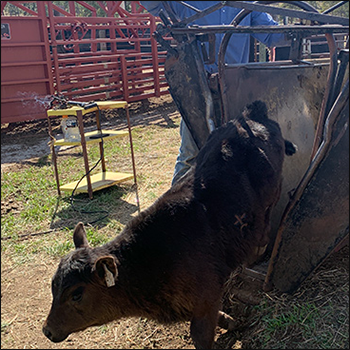Genomics Use in Improving Meat Quality
Research into multiple genetic effects on meat quality could lead to genomic selection tools.

“I don’t think I have to convince anybody in this room that carcass and meat quality attributes are important to the beef industry. They are important because they drive consumer demand and producer profitability,” said Raluca Mateescu, as she addressed an audience gathered during the 2021 Beef Improvement Federation (BIF) Research Symposium & Convention hosted June 22-25 in Des Moines, Iowa. The University of Florida beef cattle geneticist said it’s also important that carcass and meat quality traits are heritable and can be improved through genetic selection.
“I’d argue that it is even more important to crossbred (Bos indicus-cross) cattle used in subtropical and tropical regions, because they tend to underperform compared to their purebred counterparts,” added Mateescu.
Because it is challenging and expensive to measure these traits and seek improvement through traditional phenotypic selection, Mateescu’s research team is exploring methods of improvement through genomic selection. The researchers are identifying regions of the genome that have multiple effects, or pleiotropic effects, on the carcass and meat quality traits.
Using a University of Florida herd of Angus and Brahman cattle, both purebreds and crossbreds of various percentages, researchers have identified five genomic regions that collectively include 317 genes having pleiotropic effects. The genes play roles in anchoring structural proteins, cell growth, muscle development, lipid metabolism and fat deposition.
“These results contribute novel information about the complex genetic architecture and pleiotropic effects of carcass and meat quality traits,” said Mateescu. “Going forward, we want to incorporate this in tools for genetic selection.”
Find more coverage of the 2021 BIF Symposium in the Newsroom and on the Awards page at www.bifconference.com.
Editor’s note: Troy Smith is a cattleman and freelance writer from Sargent, Neb.

